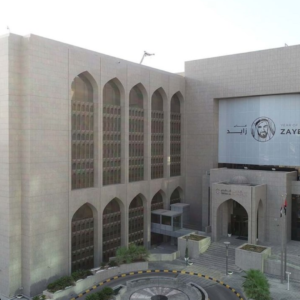The recent implementation of measures by the United States to restrict technology transfers to Russia underscores the intensifying geopolitical tensions between the two nations and reflects broader concerns over military proliferation and national security.
At the heart of these measures is a concerted effort by the US government to curb the transfer of advanced technologies to Russia, particularly those with potential applications in weapon development. Such technologies may include advanced computing systems, aerospace technologies, telecommunications equipment, and other critical components with dual-use capabilities, meaning they could be employed for both civilian and military purposes.
The rationale behind these restrictions lies in the US government’s concerns over Russia’s aggressive military posture, expansionist ambitions, and destabilizing actions in various regions, including Eastern Europe and the Middle East. Russia’s annexation of Crimea, military intervention in Ukraine, and support for separatist movements in neighboring countries have heightened tensions between Moscow and Western powers, prompting responses aimed at constraining Russia’s military capabilities.
Moreover, the US government’s move to restrict technology transfers to Russia reflects broader efforts to safeguard national security interests and prevent the proliferation of advanced weaponry to potentially hostile actors. Given Russia’s status as a major global arms exporter and its ongoing investments in modernizing its military forces, there are legitimate concerns about the potential misuse of advanced technologies to enhance Russia’s military capabilities or to support aggressive actions against neighboring states.
Furthermore, these measures are part of a broader strategy of economic and technological containment aimed at limiting Russia’s access to critical technologies and resources. By imposing restrictions on technology transfers, the US seeks to impose costs on Russia for its destabilizing behavior while also signaling to other countries the consequences of engaging in similar activities.
However, it’s essential to acknowledge that such measures are not without challenges and potential consequences. Restricting technology transfers could have implications for US companies engaged in international trade and collaboration, impacting their competitiveness and global market opportunities. Additionally, there’s a risk that Russia may seek alternative sources of technology and cooperation, potentially deepening its ties with other countries, including China, and further complicating geopolitical dynamics.
In conclusion, the US government’s decision to implement measures to restrict technology transfers to Russia reflects a multifaceted approach aimed at addressing geopolitical tensions, preventing military proliferation, and safeguarding national security interests. While these measures may serve to constrain Russia’s military capabilities and deter aggressive actions, they also underscore the complex interplay between technology, security, and geopolitics in the modern era.









